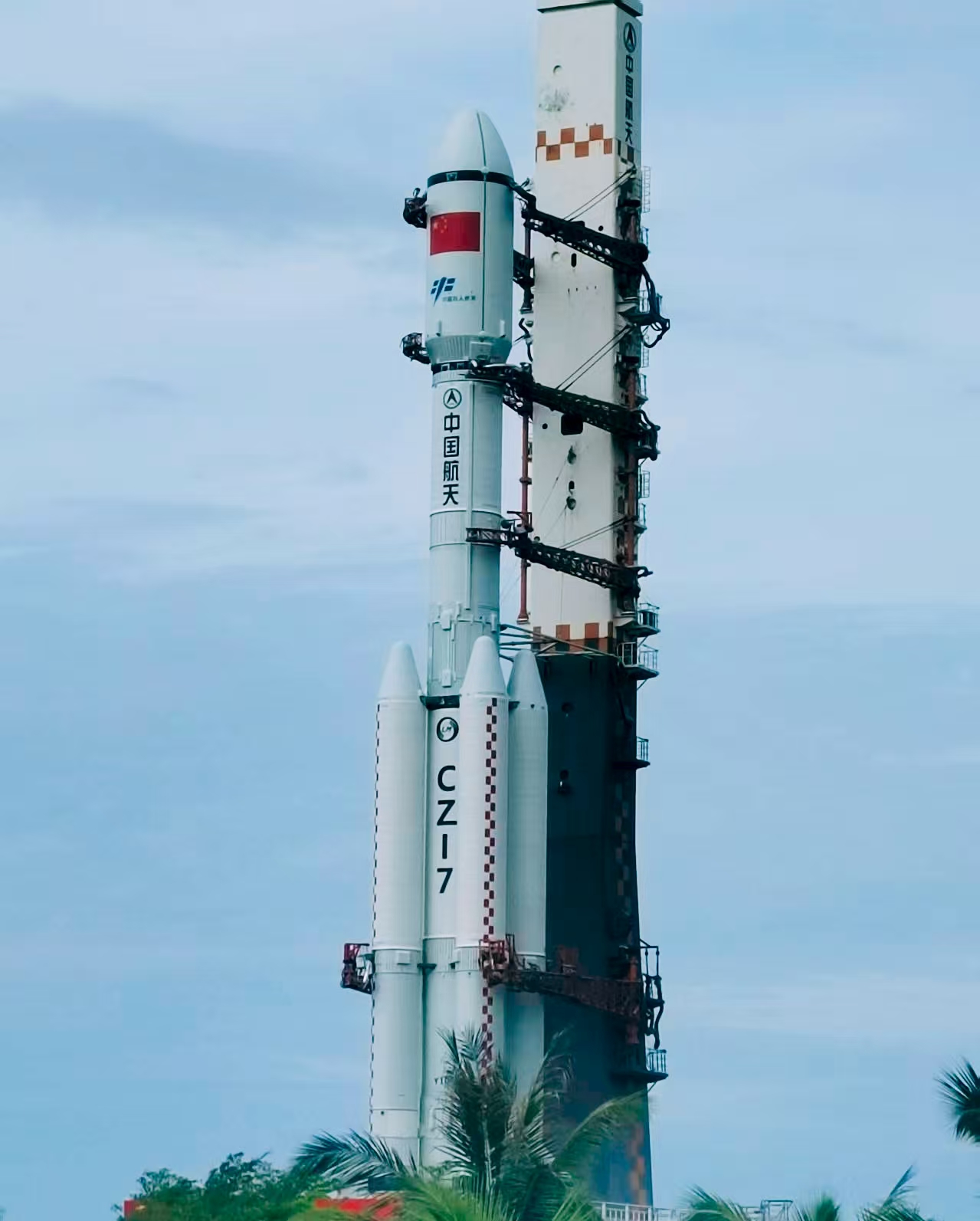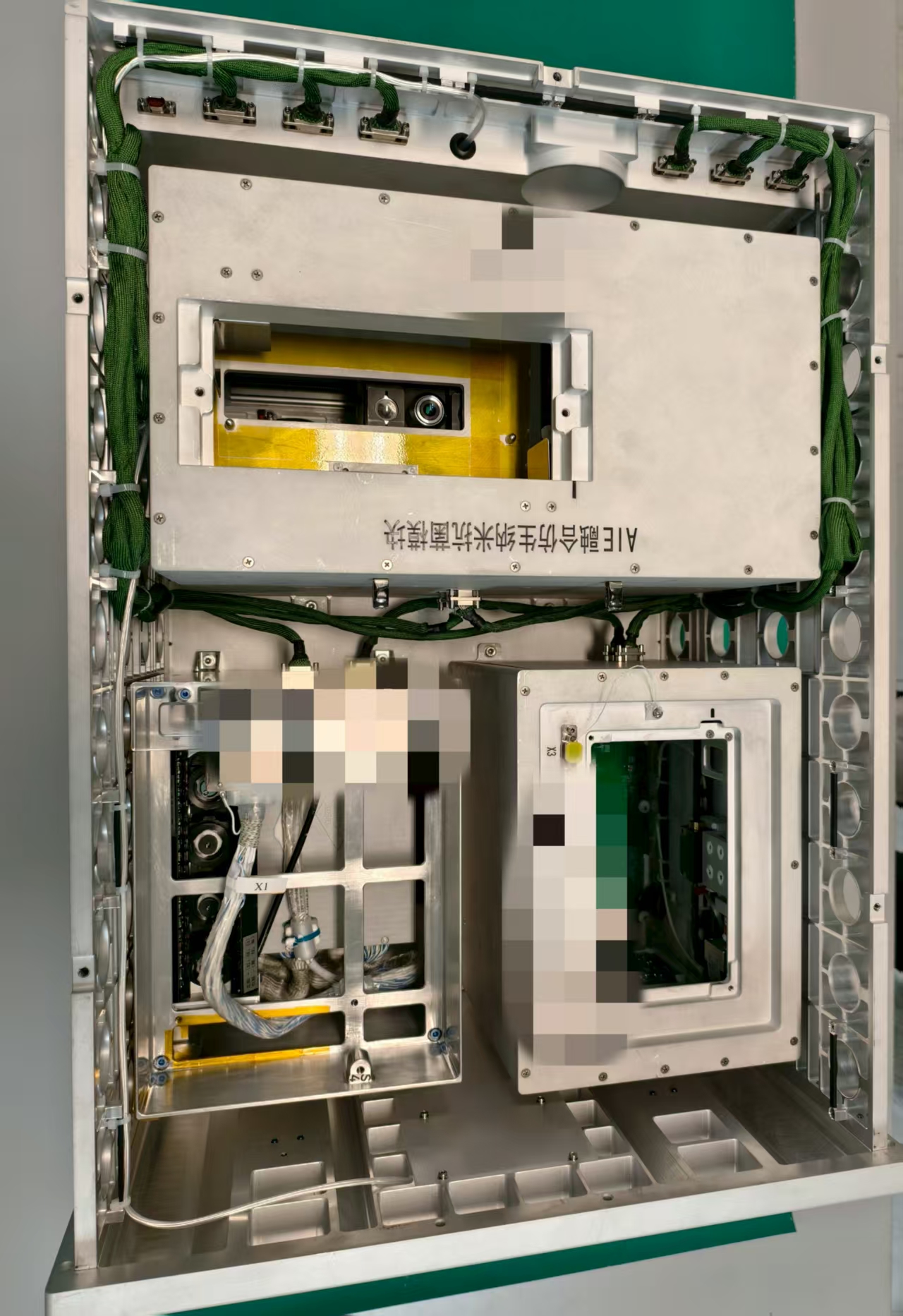Groundbreaking AIE Nanotechnology from Professor Tang Benzhong’s Team at CUHK-Shenzhen Lifts Off on Tianzhou-9, Powering Space Station Microbial Protection
At 5:34 a.m. on July 15th, Tianzhou-9 cargo spacecraft blasted off from Wenchang Space Launch Center, carrying vital scientific payloads for the China Space Station. Among the space delivery was the first batch of in-orbit experimental materials developed by Professor Tang Benzhong's team at The Chinese University of Hong Kong, Shenzhen (CUHK-Shenzhen) — marking a pivotal step in China's advancement of rapid microbial monitoring and active protection technologies for space stations.

To address critical microbial monitoring and containment needs within the unique habitats of the space station, Professor Tang's team deployed their original and globally leading?research on Aggregation-Induced Emission (AIE). Leveraging AIE-driven innovation, they developed technology enabling real-time, in-situ microbial surveillance and rapid pathogen sterilization. Collaborating with Southwest Jiaotong University, the team implemented AIE-engineered biomimetic nanostructures for physicochemical synergistic sterilization, enabling orbital functions in?microbial viability differentiation and real-time disinfection.

The AIE-engineered biomimetic nanostructure utilizes an innovative biomimetic antimicrobial nanostructure. Under the?microgravity?conditions of the space station, it?efficiently verifies and evaluates the in-orbit antibacterial efficacy?of multiple sterilization methods— physical, chemical, and composite. Due to its?high sensitivity, rapid response, operational simplicity, and robust stability, the module provides foundational technical support for?real-time space microbial surveillance, mitigating risks to astronaut well-being.
To ensure mission success, the project team led by Professor Tang Benzhong executed meticulous pre-launch preparations. Following the arrival of core experimental payloads at Wenchang Space Launch Center on July 11th, rigorous acceptance testing was performed to guarantee operational readiness.
The successful orbital deployment of this module establishes an enhanced microbial safety barrier for astronauts during long-term space station habitation. Furthermore, the technological advancements validated?in orbit?exhibit significant potential for terrestrial applications, accelerating progress in related fields. The pioneering contributions of the CUHK-Shenzhen to space science and technology exemplify the commitment and dedication of Chinese scientists in critical national aerospace initiatives.





